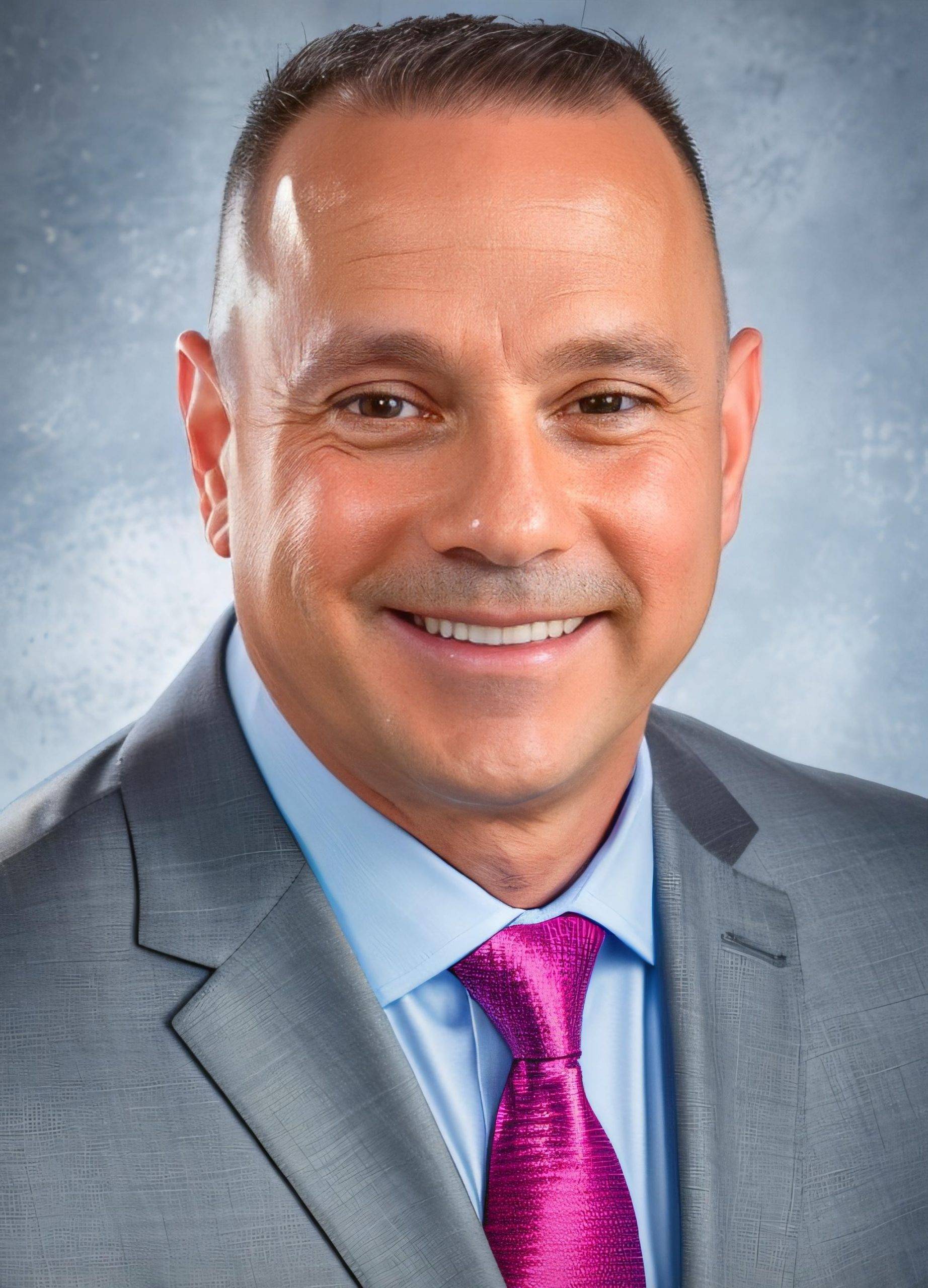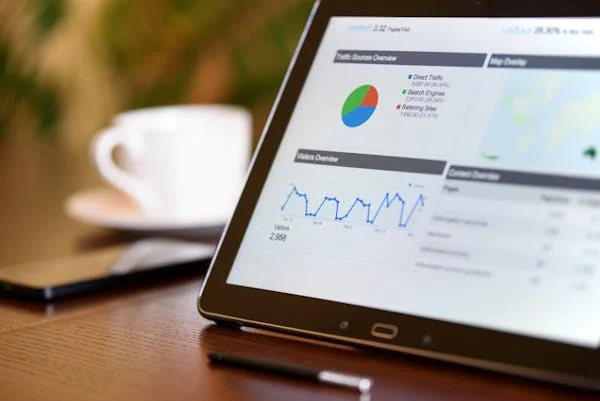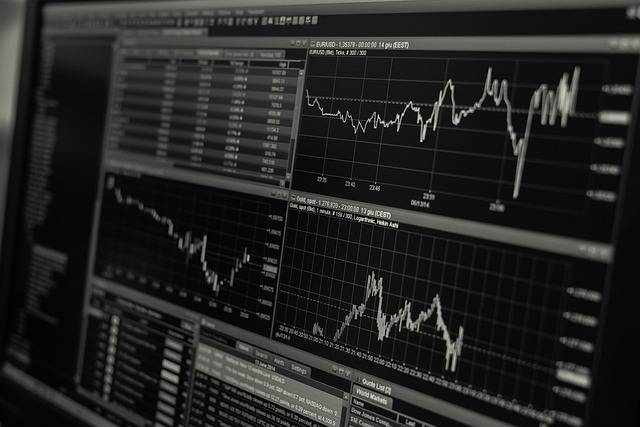Expert Spotlight: Brandon Shalton – Turning Data Into Information
Brandon Shalton, a technologist with decades of experience applying technology to solve human problems talks about AI integration as a tool to help in scaling ...
July 16, 2024 Healthcare App Development
How to Develop a Patient Referral Tracking System for a Medical Practice?
If a primary healthcare provider wants to refer his patient to a specialist for additional medical services then he puts in a recommendation for it. ...
July 12, 2024 Custom Healthcare Software Development
A Brief Outlook on the Medical Insurance Verification Software
Medical insurance verification software is developed to automate the process of verifying patients’ insurance coverages. This software is connected to the insurance company’s database to ...
July 12, 2024 Custom Healthcare Software Development
Expert Spotlight: Michael Ciano – Building Trust In Healthcare Technology
Michael Ciano, CTO with 20+ years of experience talks about building trust as a key for leveraging technology in healthcare, building a robust business architecture ...
July 12, 2024 Healthcare App Development
Unlocking the Basics of HIPAA Audit Trail
Around 30 percent of the world data volume is generated by the healthcare industry. A variety of patient information is collected and stored in the ...
July 8, 2024 Healthcare Compliance
Expert Spotlight: Nima Rad – Adding AI To The Toolbox To Boost Efficiency
Nima Rad, CTO and founding team member of a fast-growing, series A startup talks about how AI is already transforming how we approach healthcare challenges, ...
July 5, 2024 Healthcare App Development
6 Best Practices for Seamless Clinical Data Integration
Clinical data integration refers to the collection of information from various medical departments, third-party vendors, and payers, and to enable seamless data exchange. An integrated ...
July 4, 2024 Healthcare Software Integration
A Comprehensive Comparison Between HL7 vs. FHIR
One of the key challenges faced by large healthcare organizations is interoperability. Major U.S. cities have high rates of interoperability of health data, but variation ...
July 2, 2024 Healthcare Software Integration
Expert Spotlight: John Schneider – Creating A Safe Space To Fail
John Schneider, a seasoned technology executive with extensive experience talks about the need to be constantly learning in the ever evolving healthcare landscape and how ...
June 28, 2024 Healthcare App Development
Unlocking the Major Types of EMR Software that You Can Use
EMRs (Electronic Medical Records) are the cornerstone of modern healthcare. Their introduction to the healthcare industry has converted paper-based medical records to electronic ones. Digital ...
June 27, 2024 EHR Software









